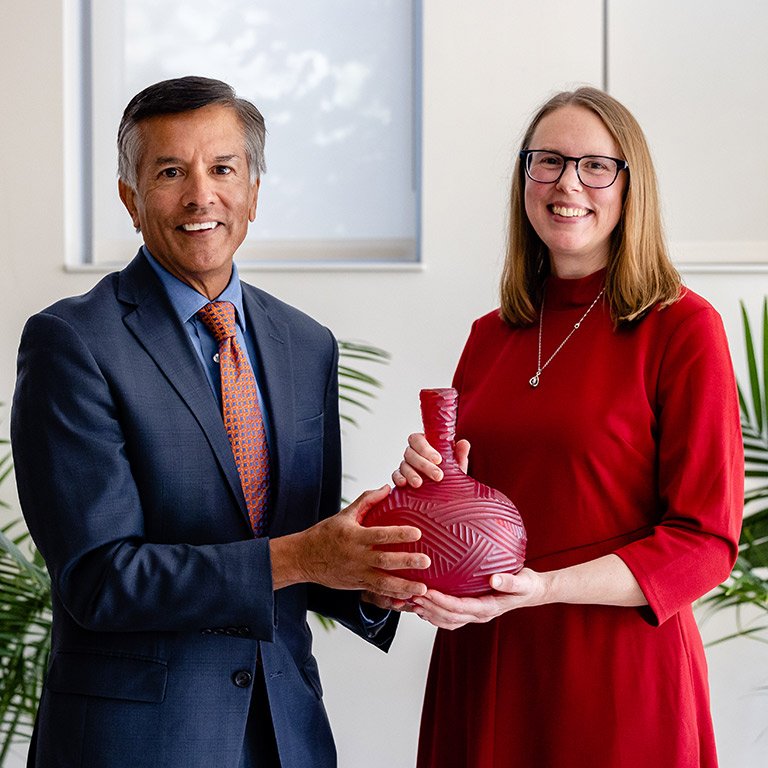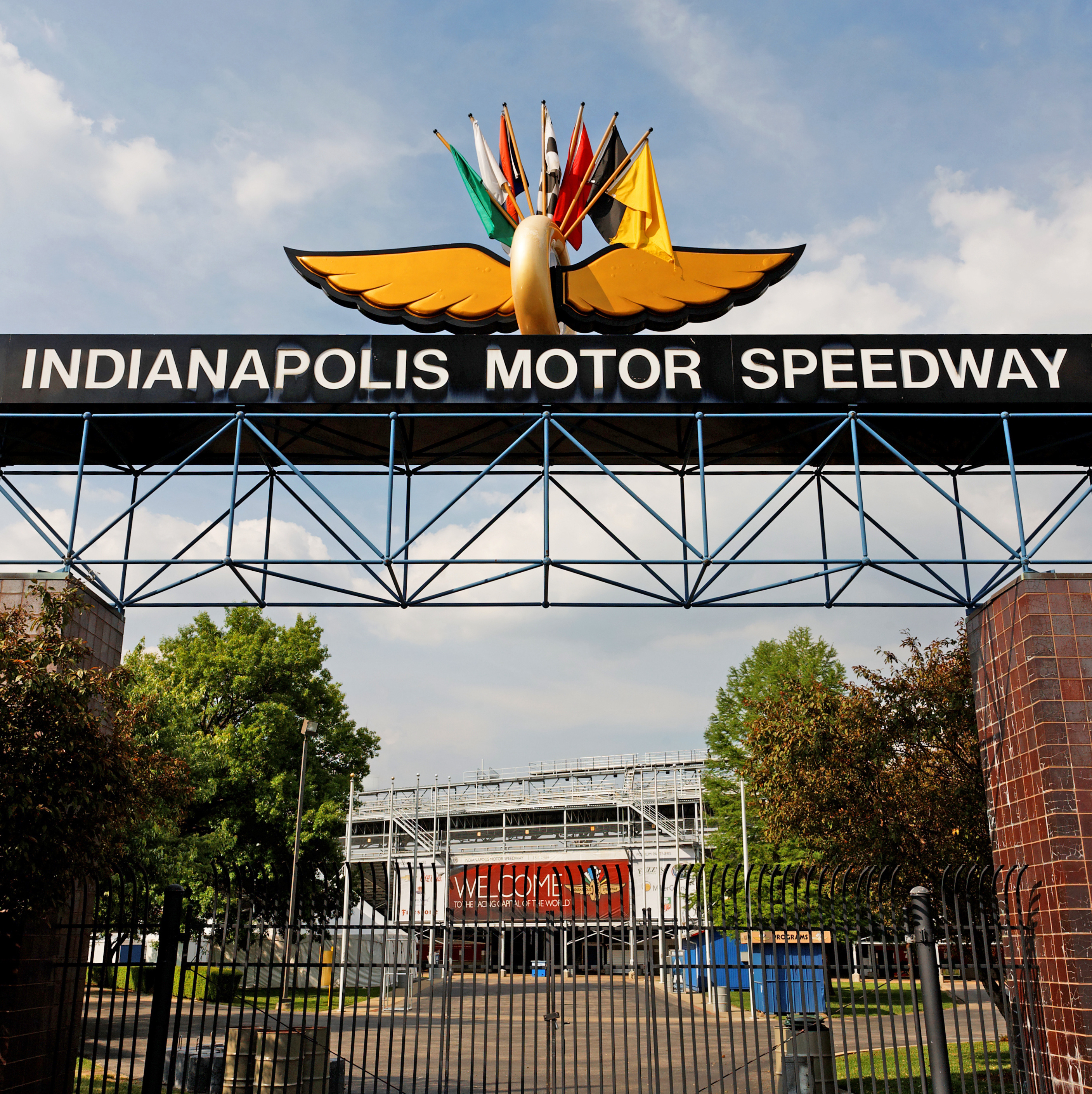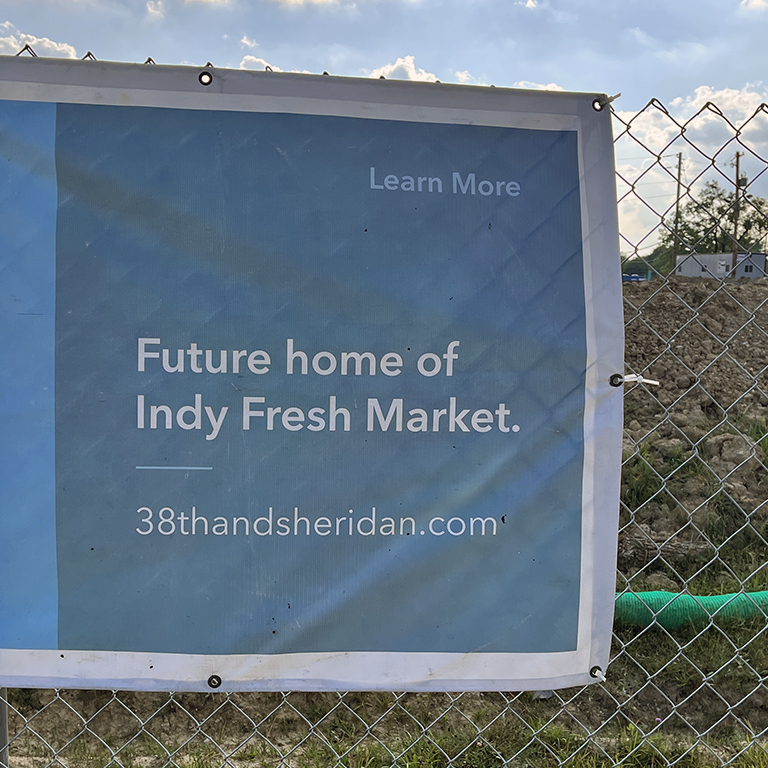
PPI to collaborate with Purdue on analysis of Indiana’s $500 million economic development efforts
Indiana University Public Policy Institute and Purdue Center for Regional Development will examine regional impact of state’s READI program.
We produce research and analysis that show you the way.
Our clients in government, business, and the nonprofit sector use our work to solve problems, seize opportunities, and improve life in Indiana and beyond.

PPI to collaborate with Purdue on analysis of Indiana’s $500 million economic development efforts
Indiana University Public Policy Institute and Purdue Center for Regional Development will examine regional impact of state’s READI program.

Monroe County prosecutor honored for work promoting equitable justice
The Indiana University Public Policy Institute has selected Monroe County Prosecuting Attorney Erika Oliphant for its 2023 John L. Krauss Award for Public Policy Innovation for her work to promote equitable justice in Monroe County. The Krauss Award is given to an individual or entity for applied research or activity that helps Indiana and/or Indiana communities with real-world solutions.

Analysis of the economic and fiscal contributions of the Indianapolis Motor Speedway
The Indianapolis Motor Speedway (IMS) contracted with the IU Public Policy Institute (PPI) to document the economic value of its activities from June 2022 to May 2023. Learn more.

Understanding the impact of Cook Medical's Indy Fresh Market project
PPI researchers analyzed the economic impacts of the construction of the Indy Fresh Market, a full-service grocery store which is part of Cook Medical's 38th & Sheridan project on Indianapolis' northeast side.

Our research generates change. We combine a big-picture point of view with essential expertise in fields ranging from economic development to public safety. The result: knowledge you can use.
Analyze the impact of community development, housing, infrastructure, and land use policies and initiatives across the state of Indiana. Assess the monetary, social, and cultural effects of economic/community development initiatives on local residents and the broader city/regional community.
Examine approaches and outcomes related to criminal justice and public safety across Indiana. Conduct research on issues impacting people who are incarcerated as well as initiatives designed to support their reentry into society upon release.
Analyze community-relevant research about disparities in socioeconomic status and access to opportunities and resources that relate to quality of life. Our goal is to provide actionable insights that improve approaches and outcomes for public, private, and nonprofit organizations working to resolve these disparities.
Track indicators and uncover insights that inform policy and improve quality of life for Hoosiers at every life stage.
Conduct research that assesses effectiveness and impact of partnerships among private, public, and nonprofit organizations. Leverage our expertise to identify challenges and opportunities and apply relevant models/frameworks to provide a comprehensive understanding of the direct and indirect effects on a variety of stakeholders.
Analyze motivations, trends, and impact of philanthropic giving by individual donors, foundations, and charitable organizations, as well as the efficacy and impact of grant-funded programs and initiatives.
Leverage our extensive knowledge of local and state government, taxes, and finance and our expertise in evaluating policies in these areas to provide actionable insights that guide policy decisions which move Indiana forward.

No problem is too complex for our experts. Tell us what you want to accomplish, and we’ll create a plan to get you the answers you need—and to give you a path forward.